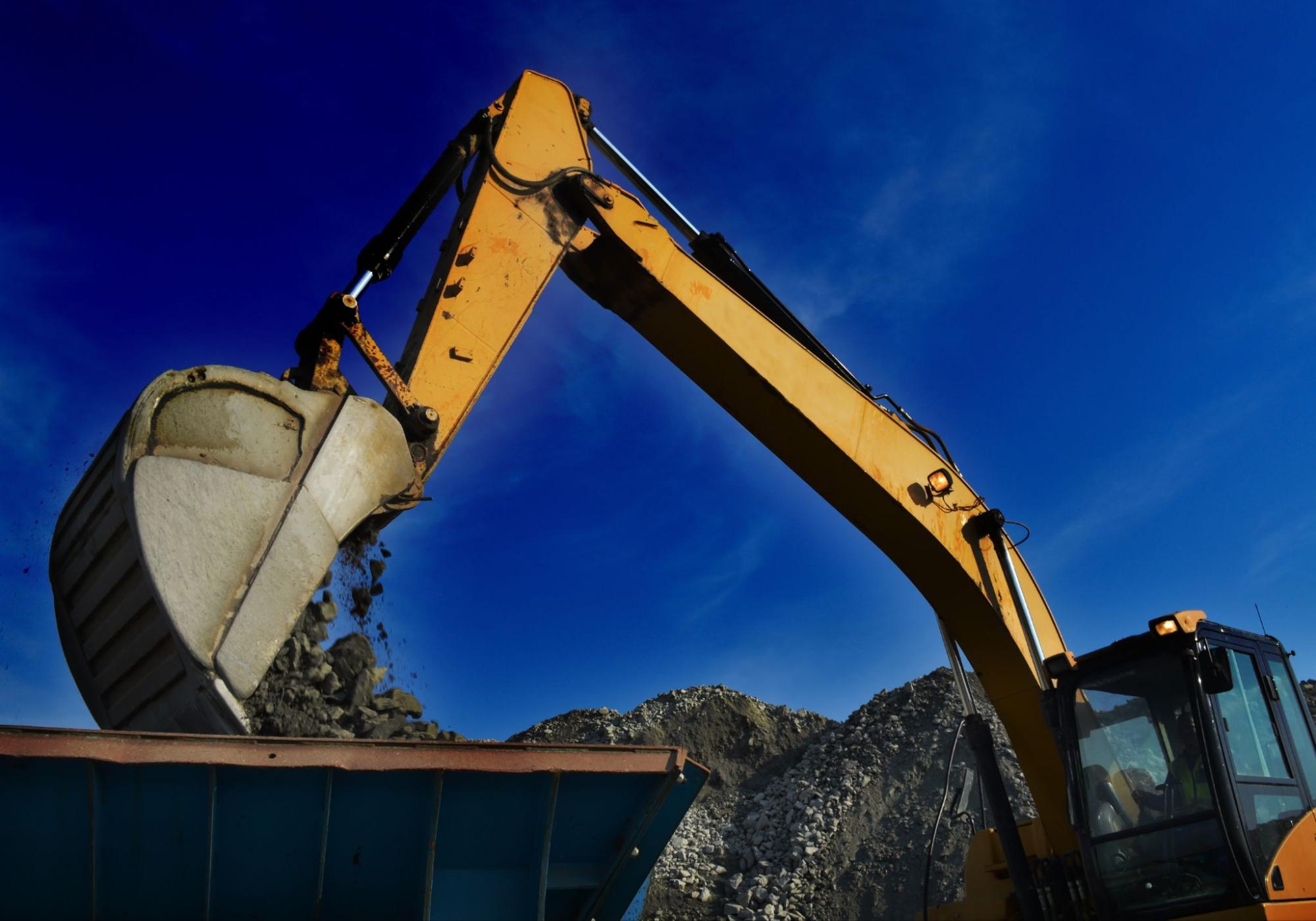Building and operating a mine is a complex undertaking. So too is the regulatory environment the industry is subject to in Canada. Canadian mining is governed by a number of federal, provincial and territorial acts and dictates. Regulating mining is primarily the responsibility of the provinces but some aspects require approval from federal government departments. A robust and efficient federal regulatory system is integral to the success of the industry and Canada’s ability to attract mining investment.
What are mining rights?
In Canada, mining rights pertain to the minerals on and under the surface and surface rights pertain to the land on and under the surface (other than the minerals). Rights in both mining and surface rights must be obtained for the purpose of mineral exploration and development. This is negotiated between the mining rights owner and the surface rights owner. However, mining legislation usually offers mechanisms to resolve disputes.
What regulations affect mining in Canada?
Mining companies must adhere to a number of federal acts and regulations including.
Canadian Environmental Protection Act
- Chemicals Management Plan and Interprovincial Movement of Hazardous Waste Regulations
- Impact Assessment Act
- Fisheries Act, including the Metal Mining Effluent Regulations
- Navigable Waters Protection Act/Navigation Protection Act
- Species at Risk Act
- Migratory Birds Convention Act
- Transportation of Dangerous Goods Act
What are the main ongoing requirements for environmental protection?
Mining projects in Canada are subject to overlapping federal and provincial environmental laws. Requirements include:
- Subjecting a proposed mine to an environmental assessment
- Prohibitions against the discharge of effluent into the environment
- A system of ongoing permits to regulate mining activities
- Commitments towards mine closure
When is the federal government involved?
Canada’s Federal Parliament enacts laws with respect to minerals and mining on federal land. Other mining projects are subject to applicable federal laws (including laws with respect to the environment, imports, exports and Indigenous peoples). Any mine application generally results in a federal environmental assessment under applicable federal legislation. Direct federal involvement is limited and specific in nature and includes:
- Uranium in the context of the nuclear fuel cycle (from exploration to the final disposal of reactor and mine waste)
- Mineral activities related to federal Crown corporations
- Mineral activities on federal lands and in offshore areas
What are the provinces’ responsibilities?
The provincial legislatures regulate the exploration and extraction of mineral resources in each province. They do so through the ownership, administration and control of public lands and minerals and legislative jurisdiction over natural resources. The provincial mining regimes (exploration of minerals, claiming of mineral title, mine development, mine operation, environmental protection, and reclamation) are generally consistent across all ten provinces.
What about the territories?
Canada’s territories are under federal jurisdiction and are governed by three territorial governments created by statute by the federal government. Mineral rights in the Yukon and the Northwest Territories are regulated by the respective territorial governments. Mineral rights in Nunavut remain regulated by federal law.
What about Indigenous consultation?
The federal government has adopted and stated its intention to align its laws and Canada’s relations with Indigenous groups closer to the principles set out in the United Nations Declaration on the Rights of Indigenous Peoples in the context of the Canadian Constitution. The province of British Columbia has already done so by enacting its Declaration on the Rights of Indigenous Peoples Act in November 2019. Additionally, provinces and territories contain land packages held by Indigenous groups, requiring consultation and collaboration.
How are rights to mineral resources held, and who holds these rights?
Rights to mineral resources on public lands are generally held by the Crown (the applicable government, either provincial or federal, within the jurisdiction). In Canada, the ownership of lands and minerals situated in a province belongs to that province (with the exception of some privately held lands and federal lands). The provincial government exercises administration and control of ownership and disposition of most mining rights and lands through provincial legislation.
What are the requirements for health and safety regulations in Canadian mines?
Mining activities are subject to both occupational health and safety laws of general application as well as laws that are particular to the industry. Workers’ compensation commissions or boards in each province administer the occupational health and safety laws of that jurisdiction and provide insurance to injured workers.
If you’re interested in acquiring mining assets or an interest in a mining project in Canada, check out the legalities applicable to mining, mining laws, mineral ownership, mining tenements available (claim, lease or license), rights of miners to access land, taxes payable to the various levels of government and rules/restrictions concerning foreign investment. Be informed!
Interested in mining activities and investment opportunities? Need more information? Check out Junior Mining Hub. We’re a rapidly growing, open-access platform highlighting industry events and activities throughout the junior mining sector. Our categorized, searchable information provides a cohesive industry picture. We use our years of industry experience to promote mining activities and investment opportunities to the global community. Contact us today or sign up for our daily email and/or our weekly newsletter.

